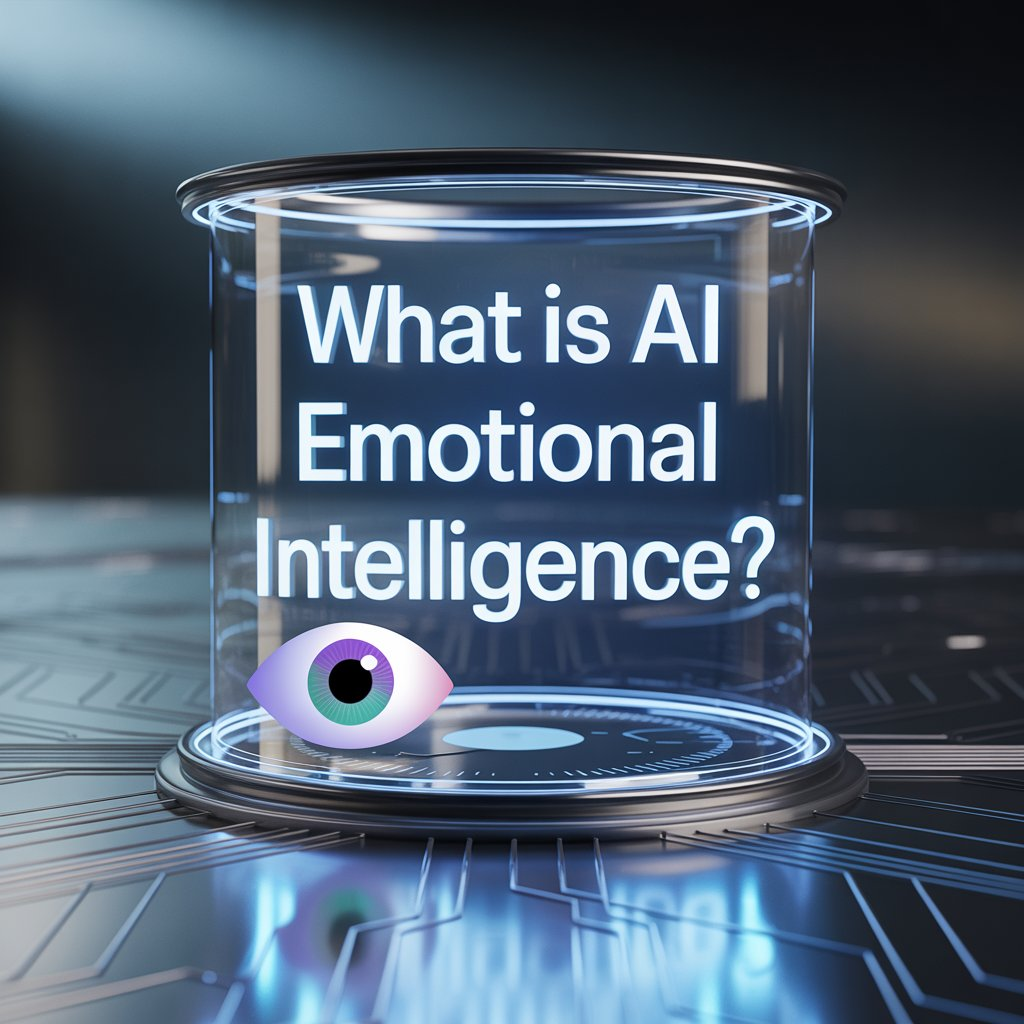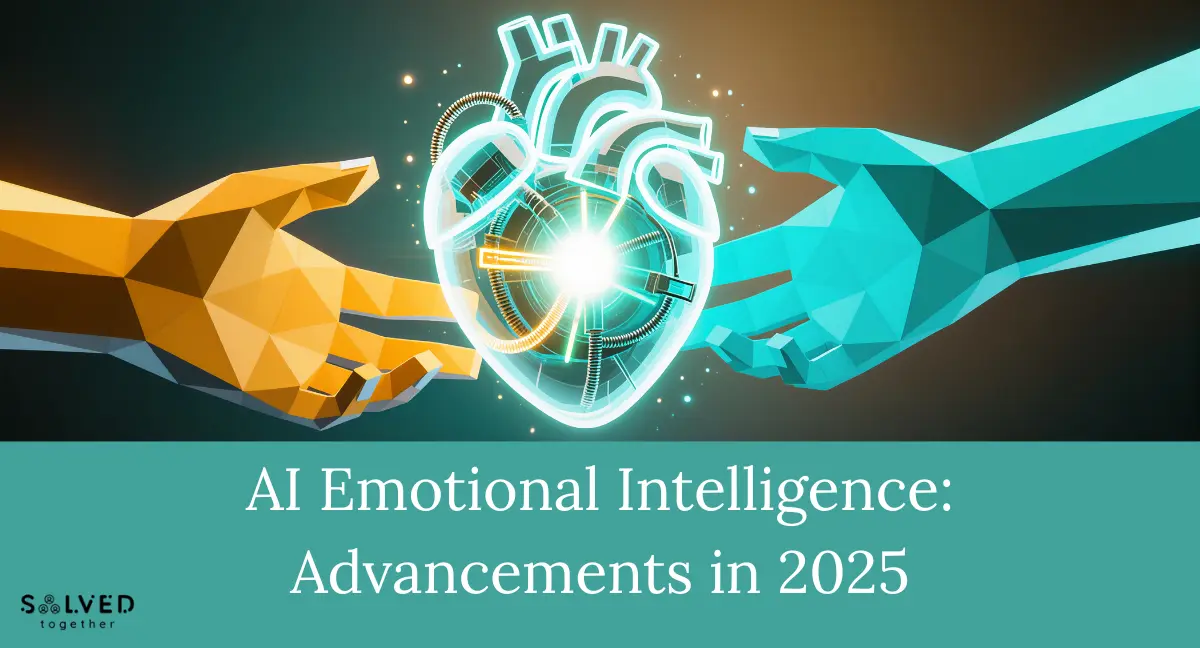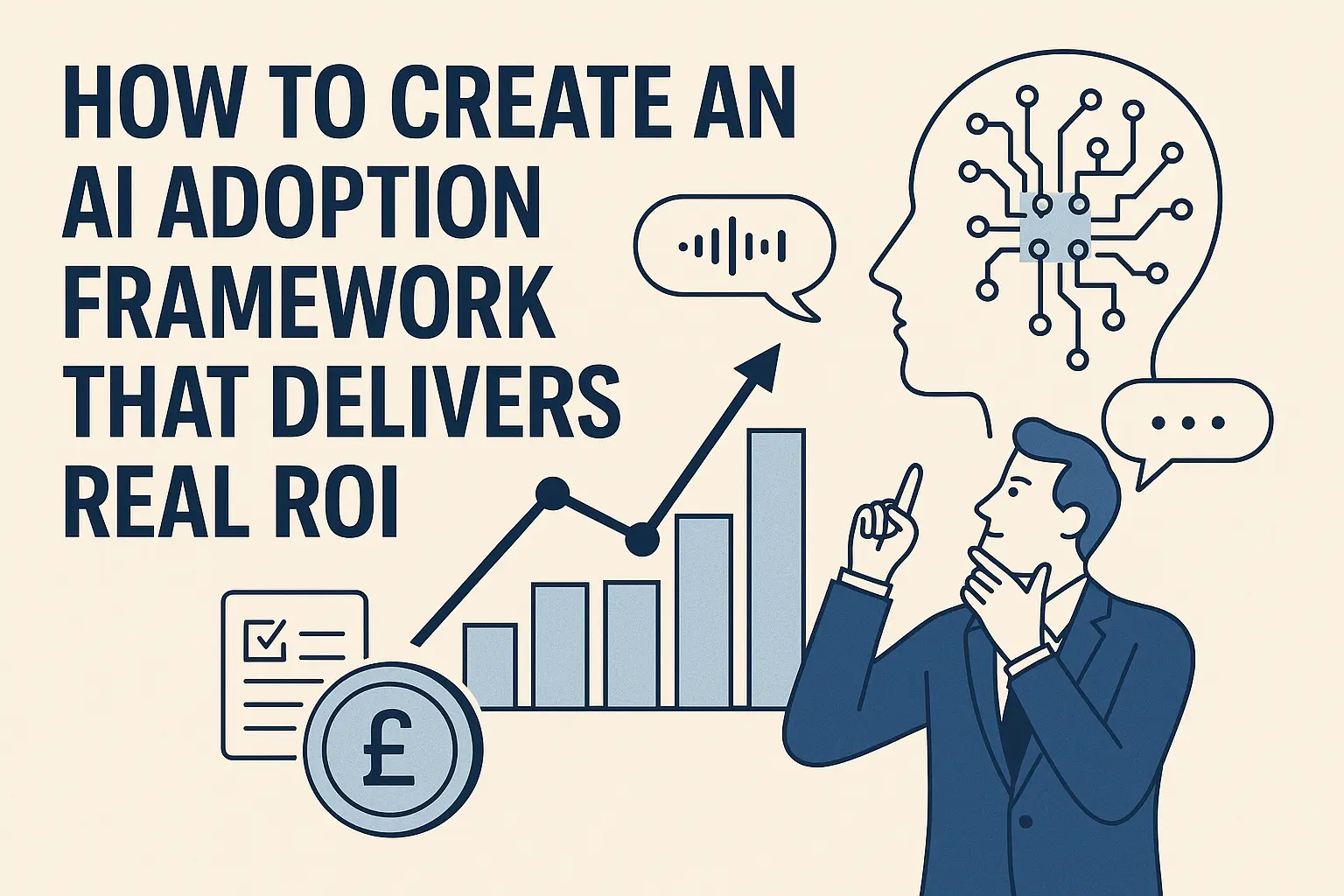For years, artificial intelligence excelled at processing logic, numbers, and patterns—but fell short when it came to understanding people. That’s changing in 2025. Emotional intelligence (EI) in AI has reached a point where machines can not only recognise human emotions but also respond with empathy, tone, and context sensitivity.
This shift isn’t about AI replacing human warmth. It’s about AI enhancing professional interactions—especially in legal, accounting, and financial services, where trust, negotiation, and client relationships are everything. Imagine a compliance chatbot that not only explains a regulatory breach but also senses a client’s anxiety and responds with reassurance, offering clear next steps in a calm tone. That’s the power of emotional intelligence in AI today.
The implications are significant:
- For clients – A smoother, more personalised experience that feels human, not transactional.
- For teams – Better collaboration between people and AI, especially in high-pressure situations.
- For leadership – Tools that help detect morale issues early and support change management.
According to a 2025 Deloitte study, emotionally intelligent AI increases client satisfaction scores by an average of 18% compared to standard AI tools. That’s not just a soft benefit—it translates into higher retention and more referrals.
What Is AI Emotional Intelligence?

AI emotional intelligence refers to a system’s ability to detect, interpret, and respond to human emotions in a way that is appropriate and context-aware. In 2025, this goes far beyond basic sentiment analysis. Modern EI-enabled AI systems combine:
- Natural Language Processing (NLP) with Tone Detection – Analysing speech or text to understand not just what is said, but how it’s said.
- Facial Expression Recognition – Using computer vision to interpret micro-expressions in video calls.
- Voice Analysis – Picking up stress levels, pauses, and pitch variations that signal mood or urgency.
- Contextual Memory – Remembering prior emotional states and adjusting interactions accordingly.
In financial advisory, for example, an emotionally intelligent AI can sense when a client is hesitant about an investment decision and shift its approach—providing reassurance, more detailed data, or additional risk analysis depending on the client’s emotional cues.
For legal case management, EI-equipped AI can assist lawyers by tracking a client’s stress signals during interviews, suggesting moments to pause, simplify explanations, or revisit sensitive points later.
Key Emotional Intelligence AI Advancements in 2025
This year’s breakthroughs are enabling AI to interact in ways that feel almost human—without losing the precision and speed that makes AI valuable.
1. Multi-Modal Emotion Detection
AI can now combine text, voice, and visual input to form a holistic understanding of a person’s emotional state. In remote consultations, the AI might detect a mismatch between a client’s spoken words (“I’m fine with this decision”) and their facial expressions or vocal tone—flagging the potential for hidden concerns.
2. Adaptive Communication Styles
Advanced EI models dynamically adjust language, tone, and pacing to match the listener’s preferences. For instance, in accounting discussions with a stressed CFO, the AI might present fewer data points per slide, use simpler language, and offer step-by-step breakdowns instead of dense spreadsheets.
3. Empathy Simulation Engines
Some systems are now capable of generating empathetic responses that acknowledge emotions without crossing into insincerity. This isn’t about AI “feeling” empathy—it’s about modelling human-like communication patterns that build trust.
4. Cultural and Contextual Sensitivity
EI-enabled AI tools in 2025 are better at recognising cultural nuances, avoiding phrasing or gestures that may be considered insensitive in different regions. This is vital for cross-border legal negotiations and multinational financial transactions.
Applications in Legal, Accounting, and Financial Services
EI-enabled AI is no longer just for customer service chatbots—it’s becoming a strategic asset in professional services.
In Legal Services
- Detects signs of client confusion or frustration during contract reviews and adjusts explanations accordingly.
- Helps mediators by identifying emotional cues that suggest a party may be ready for compromise.
- Supports witness preparation by analysing stress patterns in rehearsal interviews.
In Accounting
- Spots anxiety signals when presenting budget cuts or audit findings, helping teams adapt delivery for client comfort.
- Improves internal collaboration by flagging tension in team meetings, allowing leaders to address concerns before they escalate.
In Financial Services
- Enhances client onboarding by detecting hesitation early and addressing risk concerns directly.
- Improves wealth management consultations by adjusting investment pitches to match the client’s confidence level and emotional readiness.
Real-World Case Studies of EI in AI
The leap from theory to practical application is where emotionally intelligent AI is proving its worth. In 2025, several midsize firms in legal, accounting, and finance have already embedded EI-powered tools into their core operations with measurable results.
Case Study 1: Legal Mediation Efficiency
A UK-based commercial law firm integrated an EI-enabled AI assistant into its mediation process. The AI monitored tone of voice, word choice, and facial expressions during sessions, flagging moments where either party’s stress levels spiked. Mediators reported a 25% reduction in stalled negotiations and faster settlement times. This improvement wasn’t about replacing the mediator but equipping them with better real-time insights to guide discussions.
Case Study 2: Accounting Client Retention
An accounting consultancy serving mid-tier enterprises used EI AI to analyse recorded video calls during quarterly financial reviews. The system detected patterns where certain clients displayed anxiety when discussing cash flow. The firm then proactively offered additional advisory sessions for those clients, resulting in a 17% increase in client retention rates year-over-year.
Case Study 3: Wealth Management Trust Building
A financial services provider deployed an emotionally intelligent chatbot for its private banking clients. The chatbot didn’t just answer investment questions—it adapted tone and pacing based on whether clients appeared confident or cautious. Clients who interacted with the chatbot reported a 22% higher trust score in post-interaction surveys compared to clients using the standard information portal.
Emerging EI-Enabled AI Tools in 2025
A number of new tools are setting the benchmark for emotionally intelligent AI in professional services:
1. CogniSense
A multi-modal EI platform that integrates with Microsoft Teams, Zoom, and CRM systems. It captures emotional data from voice, facial expressions, and text, providing live feedback during calls. Ideal for client negotiations and leadership team meetings.
2. EmpathIQ
Specialised for legal and accounting firms, EmpathIQ combines NLP with industry-specific compliance knowledge. It can detect emotional cues and suggest alternative phrasing that reduces perceived risk or tension in high-stakes conversations.
3. Affectiva Legal Suite
Built specifically for the legal sector, this tool uses advanced facial coding to assess emotional responses during witness interviews or jury simulations. It’s proving valuable in trial preparation and settlement strategy planning.
4. MindTone Analytics
Focused on finance, MindTone uses voice biometrics to detect stress and excitement levels during investment discussions, providing wealth managers with a “confidence index” for each client interaction.
Integrating Emotional Intelligence AI Into Midsize Business Workflows

Introducing EI AI isn’t about replacing human empathy—it’s about amplifying it. Here’s a proven approach to adoption:
- Start with High-Impact Use Cases
Identify moments where emotional awareness could improve outcomes—such as client onboarding, high-stakes negotiations, or board reporting. - Choose Tools With Sector-Specific Knowledge
EI accuracy improves when models are trained on relevant industry scenarios and terminology. - Integrate With Existing Platforms
Embedding EI AI into familiar tools (Teams, Zoom, CRM systems) increases adoption rates and minimises training overhead. - Train Teams in AI Interpretation
EI AI can surface emotional cues, but it’s up to humans to act on them appropriately. - Measure Impact Regularly
Track metrics such as client satisfaction, meeting outcomes, and retention rates to ensure the technology delivers measurable value.
If you’re considering integrating emotionally intelligent AI into your workflows, our AI Strategy in a Day program can help you prioritise use cases and choose the right tools.

.svg)








.svg)